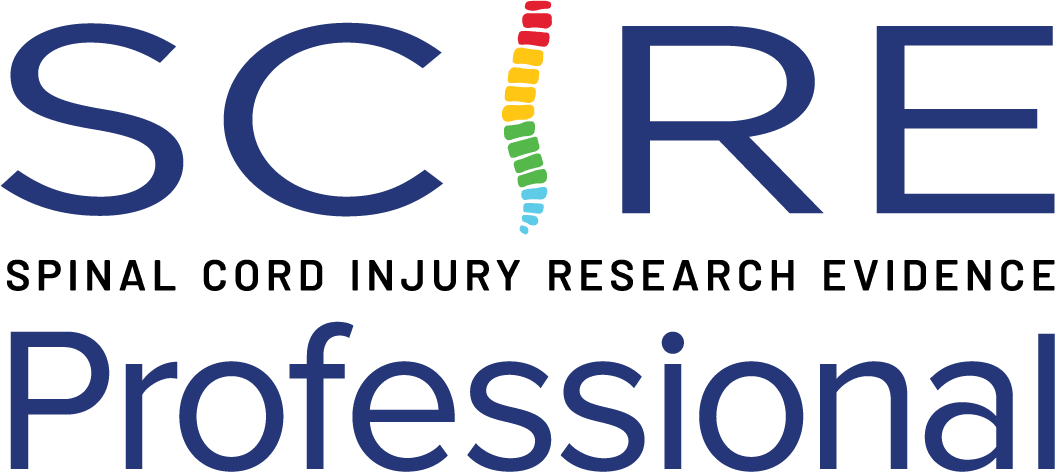Functional Electrical Stimulation With Gait Training to Improve Locomotor Function
Discussion
Findings from four RCTs (Hitzig et al. 2013; Field-Fote & Roach 2011; Field-Fote et al. 2005; Kapadia et al. 2014) and three pretest/posttest studies (Hesse et al. 2004; Field-Fote & Tepavac 2002; Field-Fote 2001) demonstrated favorable outcomes when BWSTT was combined with FES in people with chronic, incomplete SCI. Hitzig et al. (2013) and Kapadia et al. (2014) studied the effects of FES stimulation while ambulating on a BWS treadmill and found a significant increase in SCIM mobility scores from baseline to 1-year follow-up compared to the control group. However, it should be noted that both studies compared BSWT training plus stimulation versus aerobic/resistance training. So, it is not possible to tell whether the walking training or the stimulation was the more important contributor to increased mobility scores, just that the combination of BWST and stimulation or better than more standard rehabilitation.
The Kressler et al. (2013) study provides evidence for increased benefit of ES over manual assistance and braces (driven gait orthosis). In this study, the transcutaneous electrical stimulation group and the overground LT with electrical stimulation group had significantly higher walking speeds, while the treadmill-training with manual assistance group and driven gait orthosis group had nonsignificant improvements in walking speed.
Conclusions
There is level 1 evidence (from 2 RCTs: Field-Fote & Roach 2011; Field-Fote et al. 2005) and level 4 evidence (from 2 pre-post studies: Field-Fote & Tepavac 2002; Field-Fote 2001) for an overall enhancement of short-distance functional ambulation, as measured by overground gait speed over 6 m, and walking distance when BWSTT was combined with FES of the common peroneal nerve.
There is level 1 evidence (from 1 RCT: Kressler et al. 2013) for increased benefit of ES over manual assistance and braces (driven gait orthosis).
There is level 1 evidence (from 2 RCTs: Hitzig et al. 2013; Kapadia et al. 2014) for a significant increase in SCIM mobility scores when participants undergo BWSTT combined with FES versus more standard rehabilitation (e.g., aerobic/resistance training).
There is level 4 evidence (from one small pretest/posttest study: Hesse et al. 2004) suggesting that BWSTT combined with FES to the quadriceps and hamstring muscles enhances functional ambulation.
There is level 4 evidence (from 1 pre-post study: Crosbie et al. 2009) that a 6-week program consisting of interval treadmill walking (without body-weight support) training sessions combined with FES to the quadriceps femoris, gluteus maximus improves walking function (walking and distance) in people with complete (ASIA A) and chronic SCI.
There is level 4 evidence (from one case series study: Triolo et al. 2012) that an 8-channel neuroprosthesis system is safe and reliable, but its use with rehabilitation training shows no statistically significant difference in walking outcomes.
